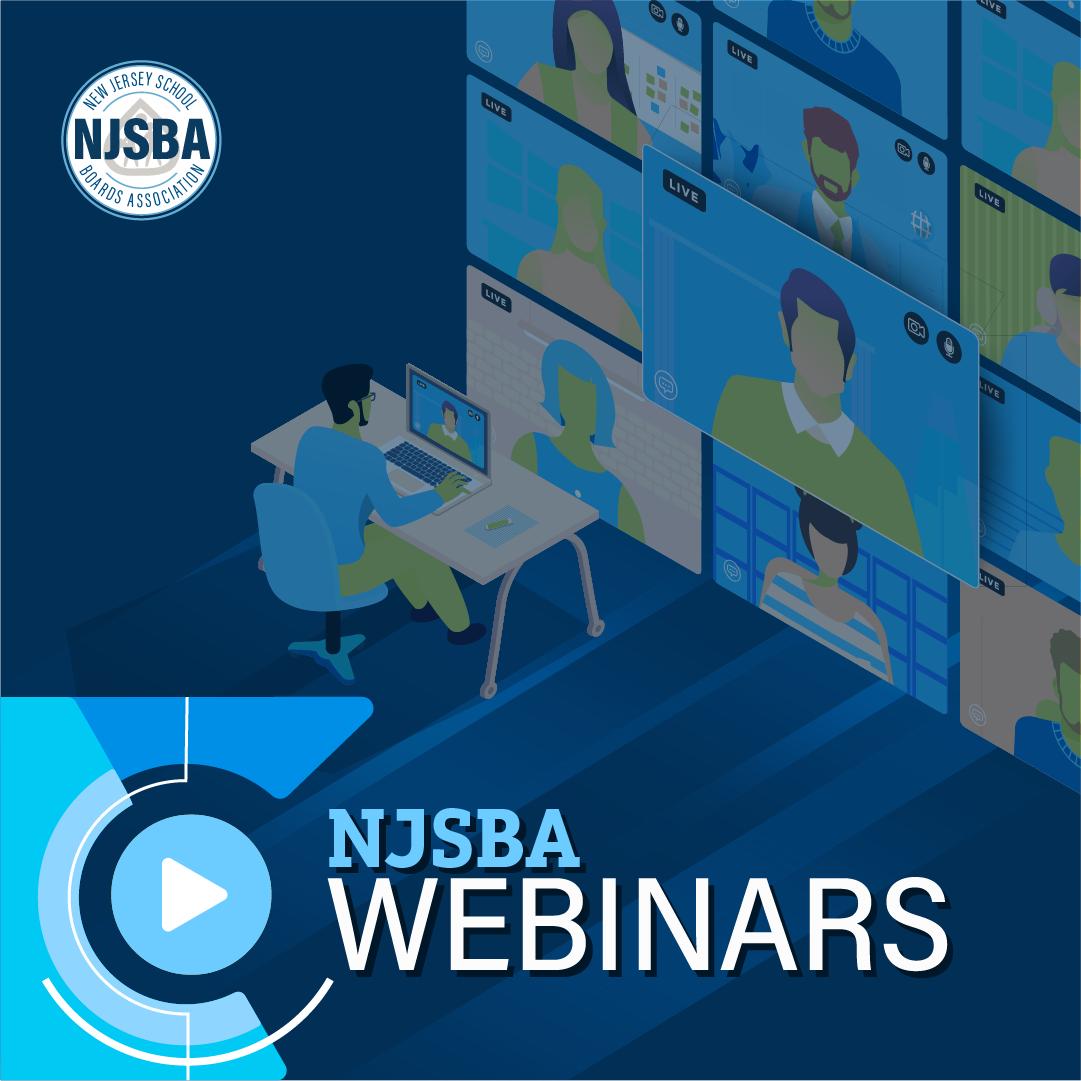The Centers for Disease Control and Prevention recently created an action guide to serve as a starting point for school and district leaders who want to build on what they are already doing to promote students’ mental health and find new strategies to fill in gaps.
The action guide describes six in-school strategies that are proven to promote and support mental health and well-being. For each strategy, the guide also describes approaches, or specific ways to put the strategy into action, and examples of evidence-based policies, programs and practices. The six strategies that the action guide focuses on are:
- Increase students’ mental health literacy.
- Promote mindfulness.
- Promote social, emotional and behavioral learning.
- Enhance connectedness among students, staff and families.
- Provide psychosocial skills training and cognitive behavioral interventions.
- Support staff well-being.
Why Schools?
Schools help promote the mental health and well-being of students through education, prevention and early intervention efforts. They provide an opportunity to reach a large number of youth with strategies that can lessen the impact of negative experiences and improve students’ health and well-being.
- Schools can establish safe and supportive environments.
- Schools can connect students to caring adults and encourage positive peer relationships.
- Schools can give students mental health support and link them and their families to community behavioral and mental health services.
- Schools that promote student mental health and well-being can improve classroom behavior, school engagement, and peer relationships. These factors are connected to academic success.
